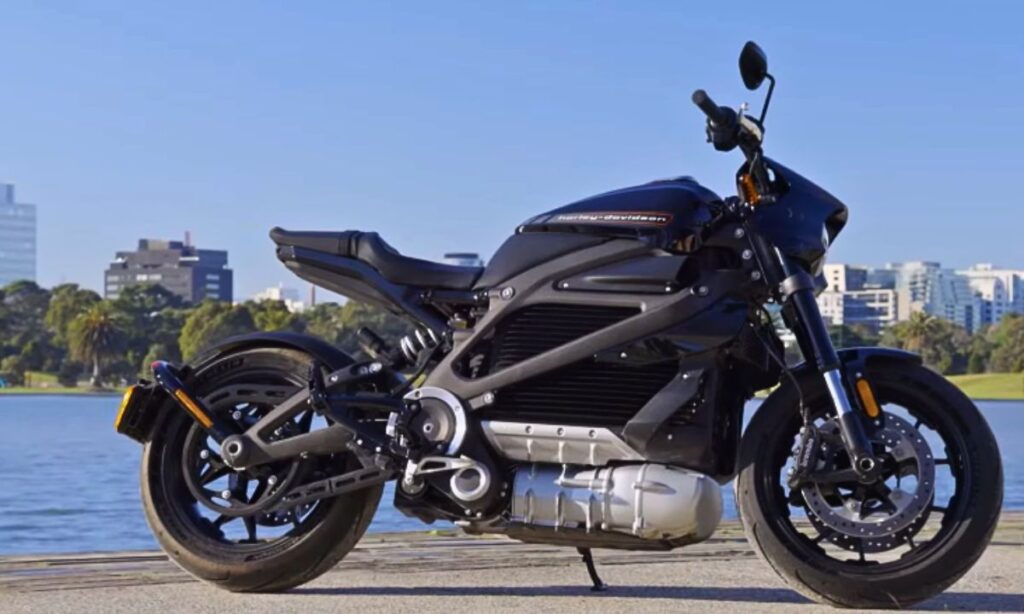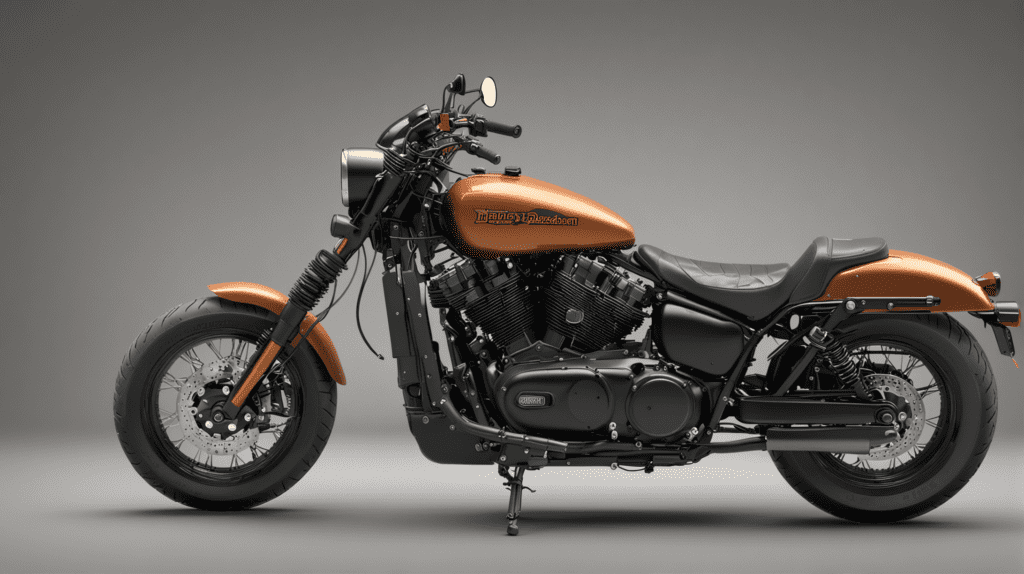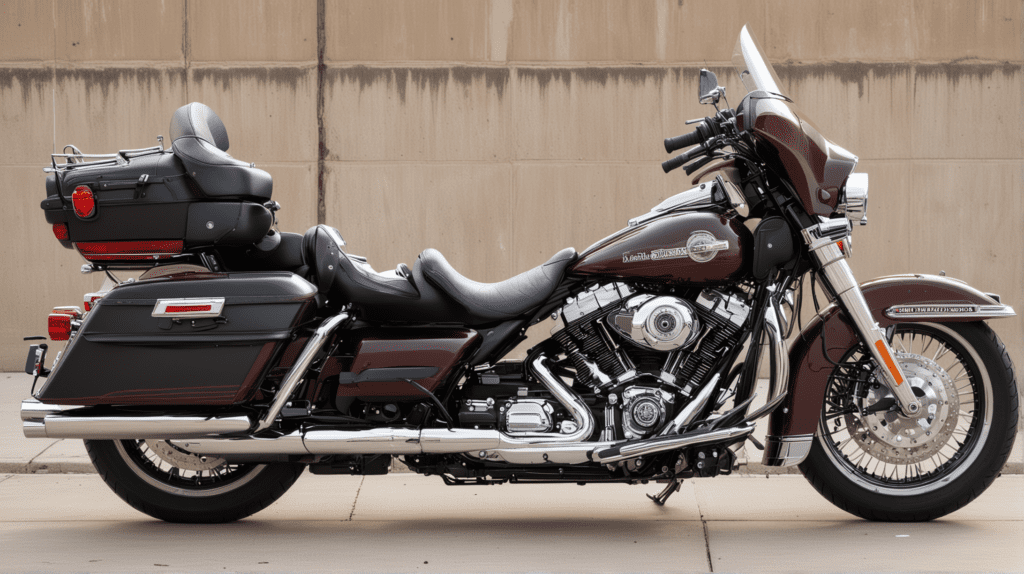Harley-Davidson made a bold step into the future with the launch of the LiveWire, their first all-electric motorcycle.
While LiveWire has been praised for its innovative design, smooth riding experience, and environmental sustainability, it has not been without its share of problems.
In this article, we will dive into the various issues that have emerged since LiveWire’s release, along with their possible solutions.
Harley Livewire Problems
One prominent issue with Livewire is its high price tag, which stands as a significant barrier to many prospective buyers.
However, while the Livewire boasts an impressive range, the availability of charging infrastructure is still a concern for many riders.
Lastly, traditional Harley enthusiasts find the lack of the characteristic Harley “growl” disappointing, as the Livewire’s electric operation is virtually silent.

1. Malfunctioned Charging System
One of the significant issues that have been reported by owners involves the charging system.
The Livewire’s charging system is designed for high-efficiency electric power, but some users have experienced malfunctioning in this area.
The malfunctioning charging system can result in several ways, like the inability to efficiently charge the battery, taking longer than expected to reach a full charge, or, in some cases, the motorcycle not being able to charge at all.
This could result from several aspects, including a faulty charging unit, electrical issues within the motorcycle itself, or problems with the battery.
To rectify this, start by checking the charging unit. Ensure it’s properly connected and not showing any signs of damage.
If the charger appears to be in good condition, the issue may lie with the motorcycle’s electrical system or battery.
If the problem persists, it’s best to take your Livewire to a professional.
Harley-Davidson has authorized service centres with skilled technicians who are trained to handle these types of issues.
Remember, tampering with the electrical system without the right knowledge can lead to more significant issues and void your warranty.
2. Buttons Not User-Friendly
An issue that some riders have experienced with the Harley Livewire is that the buttons on the handlebars are not as user-friendly as one might hope.
The problem centres on their design and placement, which can be perplexing for riders, especially those new to the model.
The switch gear on the Livewire is not intuitively placed, and the buttons themselves are quite small and closely packed together.
This makes it difficult to press the desired button without accidentally triggering an adjacent one, particularly when wearing gloves.
Not only does this create inconvenience, but it can also potentially be a safety hazard. If you unintentionally hit the horn or the turn signal while trying to operate the motorcycle.
The user interface itself also poses challenges. Each button serves multiple functions, depending on whether it is pressed, held, or double-clicked.
This multi-functionality, while effective in saving space, adds to the learning curve and can be daunting for those not familiar with such a system.
To navigate this, it is recommended that you study the user manual in detail and maybe even practice using the buttons in a safe, stationary setting before hitting the road.
This can help you to familiarize yourself with the button placement and functions, thereby ensuring a smoother and safer ride.
3. Unexpected Shutdowns
This issue generally arises when the motorcycle is in use. The abrupt halt of the electric powertrain not only disrupts the ride but could potentially cause safety hazards.
The root cause is an anomaly within the charging system that can instigate the LiveWire to enter a “sleep” mode while operating.
This results in the motorcycle shutting down without prior warning, even while in motion.
To fix this issue, it is recommended to keep your LiveWire’s firmware updated. Harley often releases software updates to rectify such problems.
Secondly, if the problem persists, it is advisable to take your LiveWire to an authorized Harley-Davidson service centre.
The technicians are equipped with the necessary tools and expertise to diagnose and fix the issue.
4. Not Optimal For Longer Journeys
The Livewire offers an estimated city range of 146 miles per charge, or 95 miles of combined stop-and-go and highway range, under optimal conditions.
However, this significantly drops on longer, high-speed trips. The charging time is another concern. On a standard household outlet, a full charge could take up to 12.5 hours.
With a DC Fast Charge (DCFC) station, it can be filled up to 80% in 40 minutes or 100% in 60 minutes. This could result in longer breaks on extended journeys.
Furthermore, the availability of charging stations can pose challenges on long journeys.
While there are numerous charging stations in urban areas, they are sparser in rural and remote regions.
Therefore, planning your route becomes essential, taking into account the availability of charging stations.
Lastly, battery performance can be affected by weather conditions. Cold weather can reduce the battery’s range, while extreme heat can lead to quicker battery degradation.
Managing these factors is crucial to optimizing Livewire’s performance on long journeys.
5. Higher Price Tag
It retails at approximately $30,000, and Livewire’s cost significantly surpasses that of many other electric motorcycles on the market.
This hefty price is largely attributed to the premium branding of Harley Davidson and the high-quality components used in the Livewire.
However, potential buyers should consider factors such as the motorcycle’s performance, lifespan, and cost of ownership.
Despite the initial high purchase price, the Livewire offers top-notch performance, with a 0-60 mph time of just 3 seconds and a top speed of 95 mph.
Harley Livewire Specs
| General Specifications | |
| Bike Weight | 249kg |
| Seat Height | 780mm |
| New Price | £28,750 |
| Warranty Term | Two years |
| Engine and Performance | |
| Engine Type | Water-cooled internal permanent magnet synchronous motor |
| Engine Size | – |
| Max Power | 104 bhp |
| Max Torque | 86 ft-lb |
| Top Speed | 115 mph |
| Tank Range | 110 miles |
| Chassis and Suspension | |
| Frame Type | Cast aluminium trellis |
| Front Suspension | Showa 43mm forks, fully adjustable |
| Rear Suspension | Single Showa shock, fully adjustable |
| Brakes and Tires | |
| Front Brake | 2 x 300mm front discs with four-piston Brembo monobloc radial calipers. Cornering ABS |
| Rear Brake | 260mm rear disc with twin-piston caliper. Cornering ABS |
| Front Tyre Size | 120/70 x 17 |
| Rear Tyre Size | 180/55 x 17 |
| Costs, Insurance, and Warranty | |
| Fuel Capacity | – |
| Average Fuel Consumption | – |
| Annual Road Tax | – |
| Annual Service Cost | – |
| Used Price | – |
| Insurance Group | – |
| How Much to Insure? | – |
–
How Much Do You Cost For Maintenance of Harley Livewire?
Maintaining a Livewire involves regular servicing and dealing with any mechanical issues that may arise.
The cost of maintenance varies depending on factors such as the frequency of use, driving conditions, and the specific services required.
The Livewire, being an electric motorcycle, has fewer moving parts than a traditional gasoline-powered bike, which can reduce some maintenance tasks.
For instance, there’s no oil to change, no spark plugs to replace, and no air filters to clean.
However, other parts of the bike still require regular attention. The drivetrain needs to be checked and cleaned regularly.
The brake fluid needs to be replaced every two years, and the coolant levels need to be monitored. In addition, the tires, brake pads, and battery need occasional replacement.
Roughly, a standard service, conducted every 5,000 miles or so, which includes inspection and minor adjustments, could cost around $200.
More extensive maintenance work, such as brake or battery replacement, could push the cost up to $500 or more.
How Many Miles Can a LiveWire Go?
Officially, Harley-Davidson claims that the LiveWire can travel up to 146 miles in the city or 70 miles of combined stop-and-go and highway range.
However, these numbers can vary significantly based on factors such as driving habits, weather conditions, and the use of additional features like heated hand grips.
Harley Livewire User Reviews:
By IronSaint
“Near perfect for everything except long distance touring. Whisper quiet, agile, nimble, and able to go a fair distance on a charge. Maintenance free and truly enjoyable to ride.” Source: motorcyclenews.com
How Long Does LiveWire Battery Last?
The variability of the battery lifespan is largely dependent on the riding style, the terrain, and the use of additional features.
The battery is composed of lithium-ion cells and is encased in a finned, cast aluminium housing.
Charging the LiveWire’s battery from 0% to 100% takes approximately 12.5 hours using a standard household outlet.
On the other hand, a DC Fast Charge (DCFC) station can recharge the battery to 80% in 40 minutes or 100% in 60 minutes.
Please note that the battery lifespan can also be extended by maintaining proper care.
This includes keeping the motorcycle in moderate climates, storing it with a full charge, and ensuring the bike is plugged into a tender during prolonged periods of inactivity.
Harley-Davidson provides a five-year, unlimited-mileage warranty for the LiveWire battery, underscoring their confidence in its longevity.


Talha Younas, the brains behind the influential motorcycle-focused website, TwoWheller.com, is a dedicated and passionate advocate for biking culture. Born and raised in a family of motorcycle enthusiasts, his love for two-wheeled transportation was ignited at an early age. His commitment to providing in-depth reviews and helpful tips for riders has established him as a respected figure in the motorcycle community.

